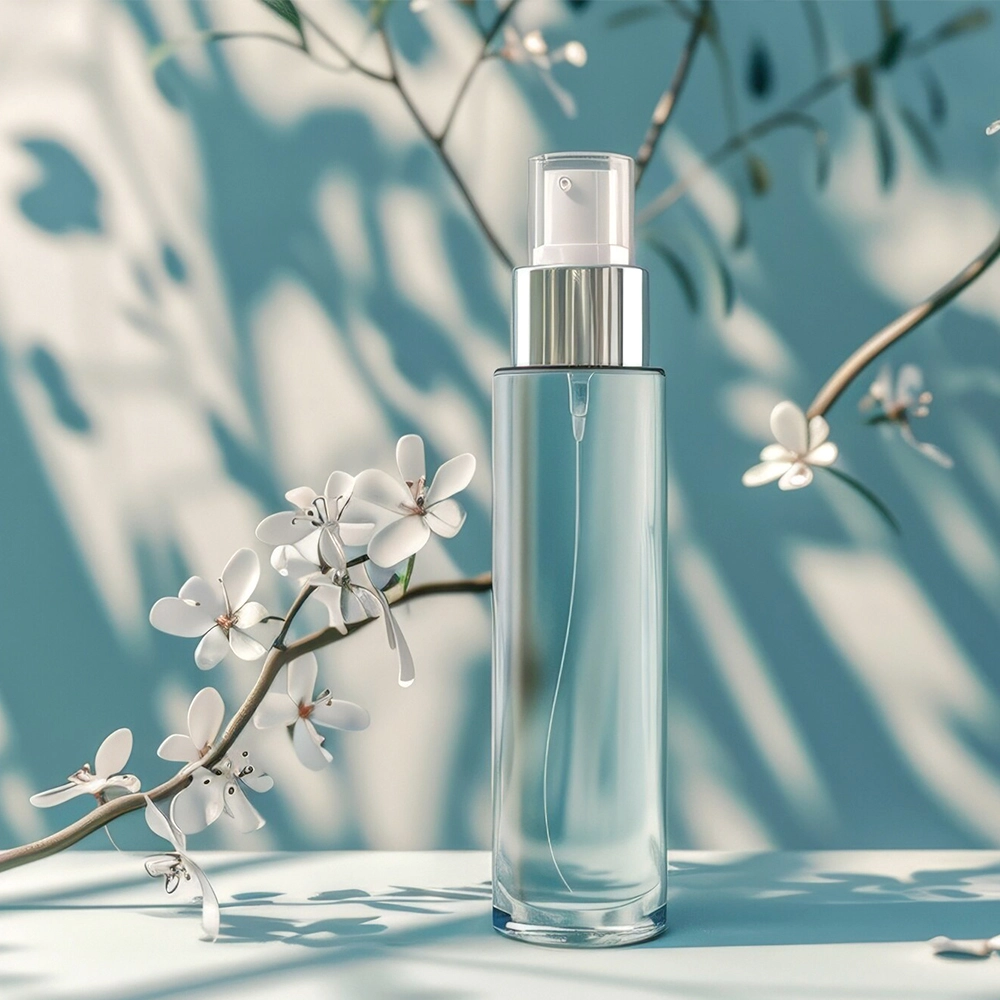What is a lotion pump? | Xinda Pelosi Guide
This article explains different types of lotion pumps (airless, spring, trigger, cream), outlining selection factors like product viscosity, packaging, and cost. It also addresses common issues like leaking and inconsistent dispensing, guiding professionals in choosing the right pump for optimal product performance and consumer experience. Xinda Pelosi offers high-quality options.
What is a Lotion Pump?
Understanding lotion pumps is crucial for cosmetic and personal care product manufacturers and packaging professionals. This article clarifies their function, types, and selection considerations, addressing common industry pain points around dispensing accuracy, cost-effectiveness, and consumer experience.
Types of Lotion Pumps
Lotion pumps are categorized based on several factors, significantly impacting their functionality and suitability. The primary distinctions lie in their dispensing mechanism and material construction.
Airless Pumps: These prevent product oxidation by dispensing from the bottom of the container. They’re ideal for products sensitive to air exposure.
Spring Pumps: These utilize a spring mechanism for dispensing, providing a consistent, controlled flow of lotion. They're generally cost-effective.
Trigger Pumps: These offer larger dispensing volumes, often used for thicker lotions or cleaners.
Cream Pumps: Specifically designed for thicker, creamier products, often with a larger dispensing nozzle.
Choosing the Right Lotion Pump
Selection hinges on factors such as:
Product Viscosity: The thickness of your lotion dictates the pump's required dispensing mechanism and nozzle size.
Packaging Material: Compatibility between the pump and container material (e.g., plastic, glass) is essential for leak prevention and structural integrity.
Cost: Various pump types offer diverse price points, influencing your overall product cost.
Aesthetics: The pump's design contributes to the overall product appeal and brand image.
Dispensing Volume: Accurate dispensing volume ensures consistent product usage and consumer satisfaction.
Common Issues & Solutions
Leaking Pumps: This usually stems from incorrect pump selection for the product viscosity or improper assembly. Ensure proper fit and choose the appropriate pump type.
Inconsistent Dispensing: This points to a malfunctioning pump, potentially due to wear and tear or manufacturing defects. Opt for high-quality pumps from reputable suppliers.
Understanding the nuances of lotion pumps empowers informed decision-making for manufacturers. By carefully considering product characteristics and consumer needs, you can optimize your packaging and enhance your product’s marketability.

How to Choosing the Right Custom Perfume Caps for Your Perfume Business

The Role of Plastic Spout Caps in Food and Beverage Packaging

6 Applications of Flip Caps in Daily Life: Applications You Never Noticed

Liquid Pouch vs. Bottles: Which Packaging Saves More Costs?

Top 10 plastic spout cap suppliers brands
For Customization
About OEM
Welcome! You can send your own design of glass product and logo; we can open a new mold and print or emboss any logo for you.Model, size, color, logo, printing, lid, and individual packaging (paper box, paper tube and so on.) can all be customized.
For payment
What are your terms of payment?
1. T/T (30% in advance, the balance before shipment).
2. For small orders less than USD 5,000, in order to save the bank transfer for both of us, we need 100% in advance.
For after-sales
How about your after-sale service?
We will maintain our after-sale service even after the order has been completed. During the formal order, usually we'll give you some extra products as spare parts freely. If any breakage or defective products were found, we'd make a refund of them or send the replacement to you in the next order.
Notice: All the claims must be presented within 10 working days after delivery.
For application
What's your product being used for?
Airless bottle in different materials, such as PP airless bottle, AS airless bottle, PCR airless bottle, all-plastic airless bottles, etc, have a volume of 5ml ml, 10 ml, 15 ml, 20 ml, 30 ml, 40 ml, 50 ml, 60 ml, 75 ml, 80 ml, 100 ml, 120 ml, 150 ml, etc.Dropper bottle in different materials, such as PET dropper bottle, PETG dropper bottles, Glass dropper bottles, etc., have volumes of 10 ml, 15 ml, 20 ml, 30 ml, 40 ml, 50 ml, 60 ml, 80 ml, 100 ml, etc.
For Quality
How to guarantee quality?
All the raw materials are of high quality. And a full inspection before loading. If you have any questions, please feel free to contact us.
You may also like
We provide a variety of packaging solutions to both small and large businesses and service numerous industries, including beauty and personal care, food and beverage, household and industrial chemicals, and veterinary care.
Get in touch with Xinda pelosi
Have any questions or queries about our products? Please leave us a message here and our team will get back to you promptly.
Your inquiries, ideas, and collaboration opportunities are just a click away. Let's start the conversation.
* Rest assured that your privacy is important to us, and all information provided will be handled with the utmost confidentiality.










 Scan QR Code
Scan QR Code
Whatsapp: +8613640286461